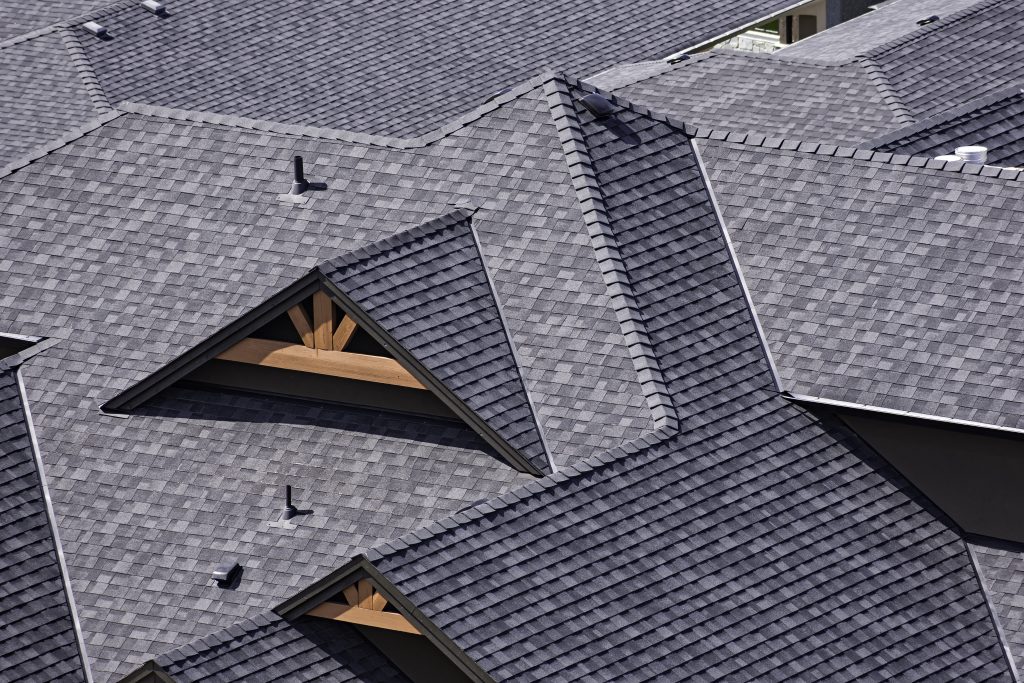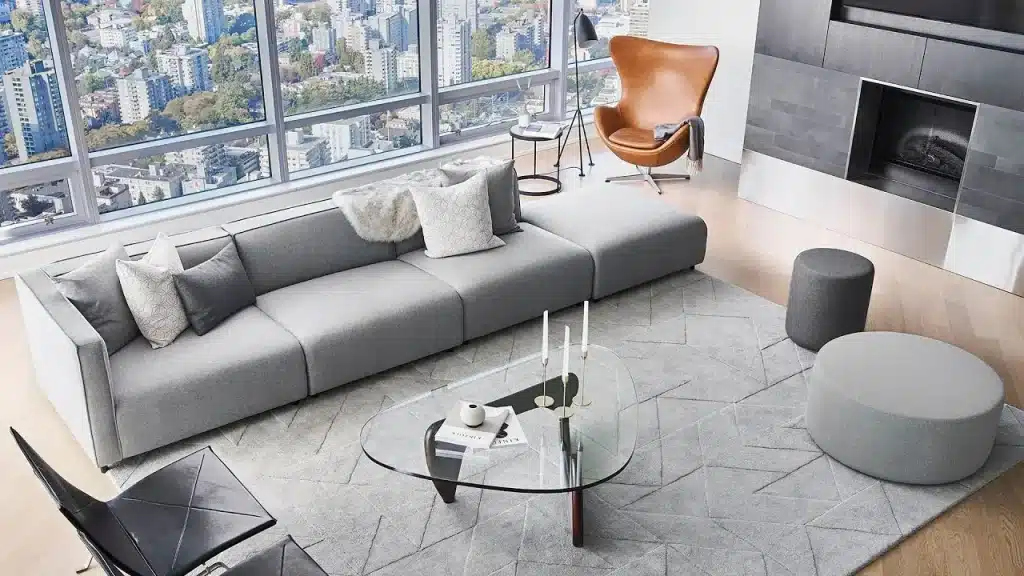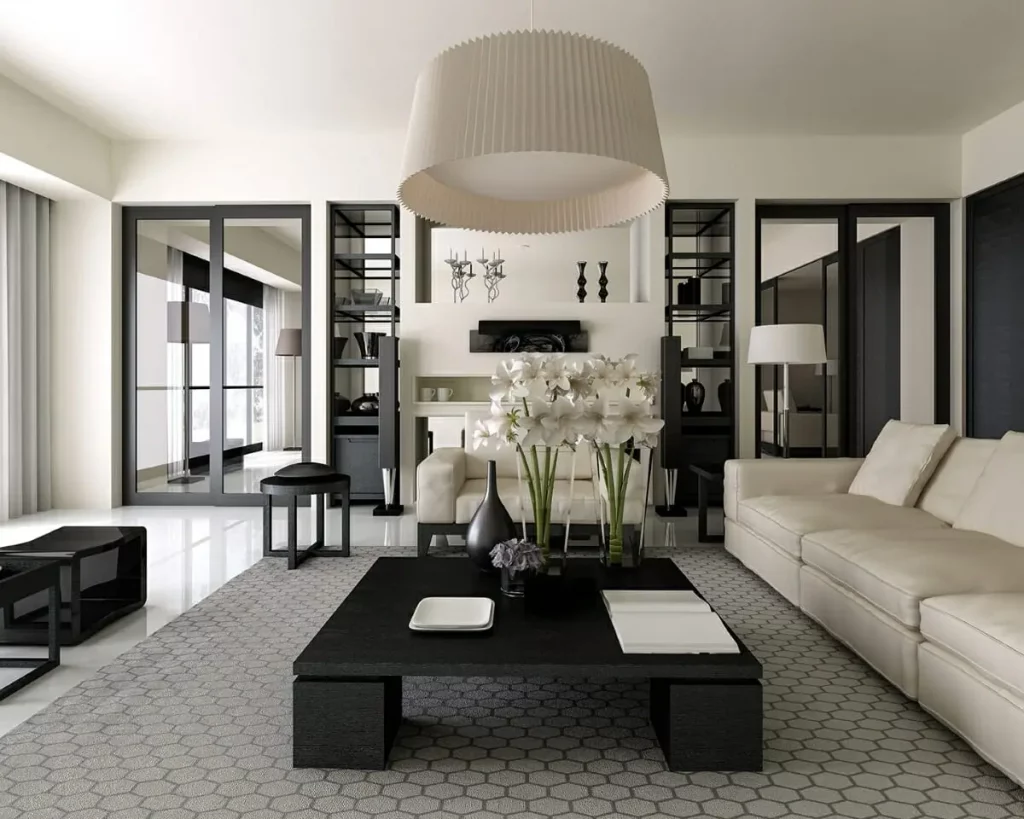A strong, durable, and reliable roof is the result of careful calculation and selection of the right roofing materials.
Check also the related article Roofing materials: modern solutions for novelties of the roof construction market in the article.
SLATE SHINGLES – a classic natural material for roofing
One of the widely known and durable roofing materials is slate tiles. With its quality and excellent technical characteristics, it has received a legendary history in the United States and has been used with great success for several centuries in a row.
Owners of private real estate are attracted by slate tiles for their appearance, which has no equal on the market. It looks interesting, stylish and is able to give a sophisticated look to any house. A wide palette of colors and a variety of material configurations allows you to implement any roof design ideas.
The advantages of the classic version of the roof arrangement with slate tiles:
- high quality and naturalness;
- excellent fire-resistant properties (raw materials are fireproof and do not ignite when sparks hit the surface by air);
- durability – with proper installation it lasts 100 years and longer;
- low waste materials percentage;
- environmental friendliness – only about 5% of roofing waste from the total amount sent to the landfill.
With such significant advantages of slate tile roofs, it also has disadvantages. For example, the complexity of installation, the fragility of the material, a large load on the building structure due to the decent weight of the tiles, as well as the high cost of raw materials, which can be justified by the long service life of the roofs.
In the United States, there are a huge number of houses, the roofs of which are covered with slate tiles. Some of them were built in the distant 1900s and have not lost their former splendor.
BITUMEN SHINGLES – a typical roofing material for the northern regions of America
The most popular roofing material in North America is considered to be bitumen shingles. Such a composite roofing material is made from a sheet of fiberglass, which is treated with asphalt and covered with mineral granules on top, after which it is cut into tiles of a certain size.
The advantages of shingles for roofs include:
- low weight reduces stress on the building structure;
- long operational life – from 25 to 30 years;
- elasticity and flexibility, due to which the roof will not deform due to the movement of the structure;
- reasonable cost and affordable installation price;
- maintainability.
Bitumen shingles are a versatile roofing material. The high quality and good performance of the raw materials have made it widely known and popular in America and far beyond its borders.
SHEET METAL ROOFING
Regular sheets of metal of different sizes allow you to quickly form a reliable and durable roof. This type of roof device can be made of flat copper, steel, aluminum, and galvanized sheets. With proper installation, the durability of materials can be between 25 to 70 years.
Classification of flat materials for roofing:
- Roofing steel. It is made from black steel or conventional zinc-plated sheet steel. Its advantages include lightweight, versatility, a smooth surface for better water flow, the ability to lay on roofs with a slight slope, fireproof, fire resistance, easy installation, maintainability.
- Roofing zinc – suitable for installation on structures with a solid base and roof slope from 5⁰. Galvanized metal roofs have a very long service life – up to 100 years.
- Roofing copper is more expensive and more durable than zinc. Roofs covered with copper sheets can last more than 100 years. At the same time, the material is characterized by high resistance to corrosion and has environmental friendliness, architectural expressiveness. A roof made of copper sheets is installed rather quickly.
FLAT ROOFS WITH BUR ROOF SYSTEMS
The most common classic flat roof arrangement for residential and commercial buildings in the United States is prefabricated roofs. BUR systems are a multi-layer construction, the strength and impermeability of which is achieved through the sealed stacking of materials in stages.
For arranging the roof on a flat roof, materials are used: rolled roofing material, felt, and fine stone. Hot asphalt and tar are used for bonding and fixing. First, the rolled roofing material is rolled out along the entire perimeter of the base. The material is treated with hot asphalt. This is how the lower layers of the roof are formed, alternating with felt layers. The upper tier is sprinkled with a small stone, which is soaked in tar. Thus, a strong, wear-resistant, and the impervious roof is obtained.
BUR roofing systems have several advantages:
- good waterproofing properties
- excellent protection against atmospheric factors;
- elasticity;
- relatively inexpensive installation;
- high quality;
- reliability;
- aesthetics;
- practicality;
- 9.Longevity, which is 25 to 30 years.
BEAUTIFUL AND RELIABLE CONCRETE TILE ROOFS
In regions of the United States where there are strong gusts of wind, roofs are often equipped with concrete shingles. Due to its high weight, the roofs are very strong and reliable, capable of withstanding freezing wind and strong gusts of air masses.
In appearance, concrete tiles resemble clay tiles. Similar manufacturing technology provides the material with the same advantages and excellent performance characteristics. Roof tiles made of concrete mortar are reliable, durable, resistant to various weather conditions and mechanical pressure. But, unlike clay, concrete tiles are more affordable. This ensures its popularity and great demand.
The tiles are formed from a standard concrete-sand mixture. Finished products can be painted in different shades to achieve the desired finishing effect. Concrete shingles are produced with different profile configurations – some models resemble wood due to their low profile, while others resemble rolled clay tiles.
The service life of concrete tile roofs is 45-50 years. However, with additional coverage, they can last longer.
Despite the fact that modern production technologies are gradually replacing outdated, high-quality, and reliable classic roofing materials will never lose their popularity. Due to their high technical characteristics, they will remain relevant even after many decades.
Read more: Types_of_roofing_materials_modern_solutions



